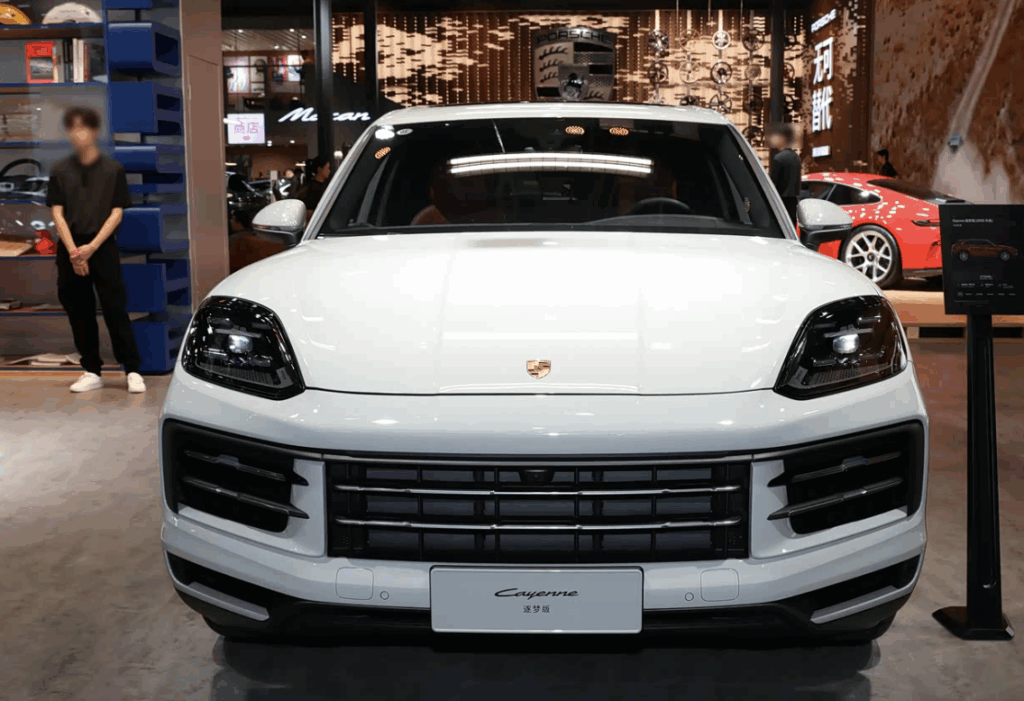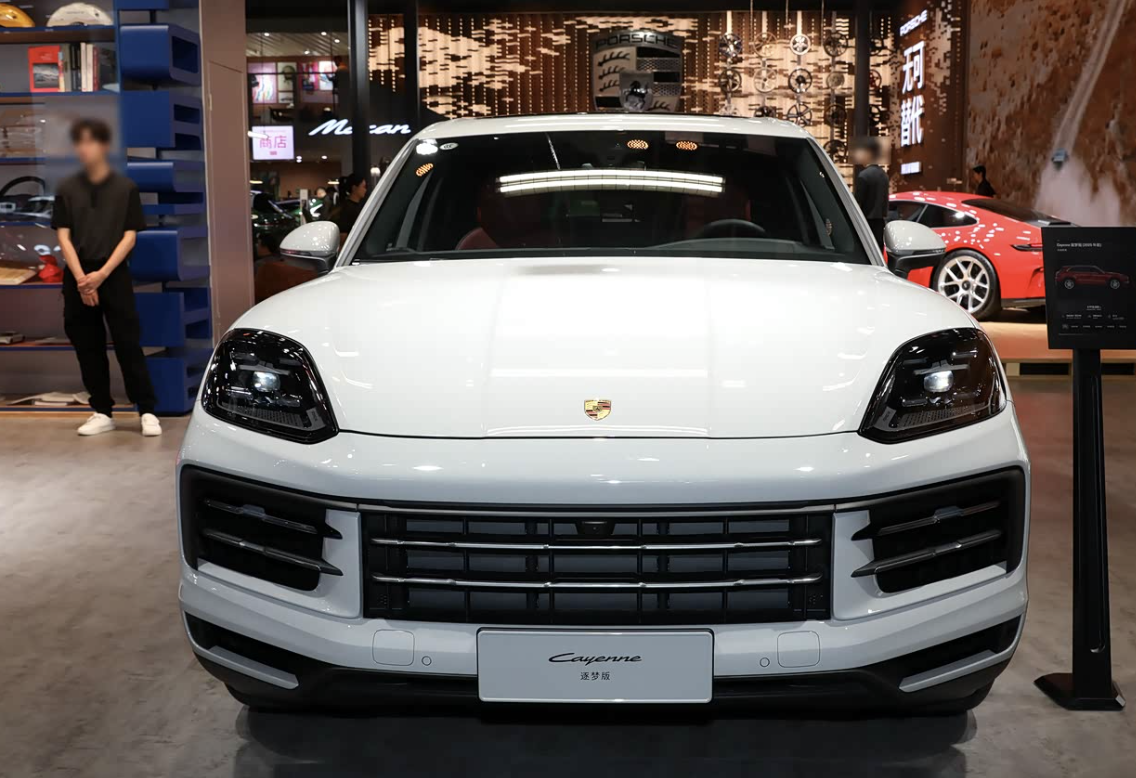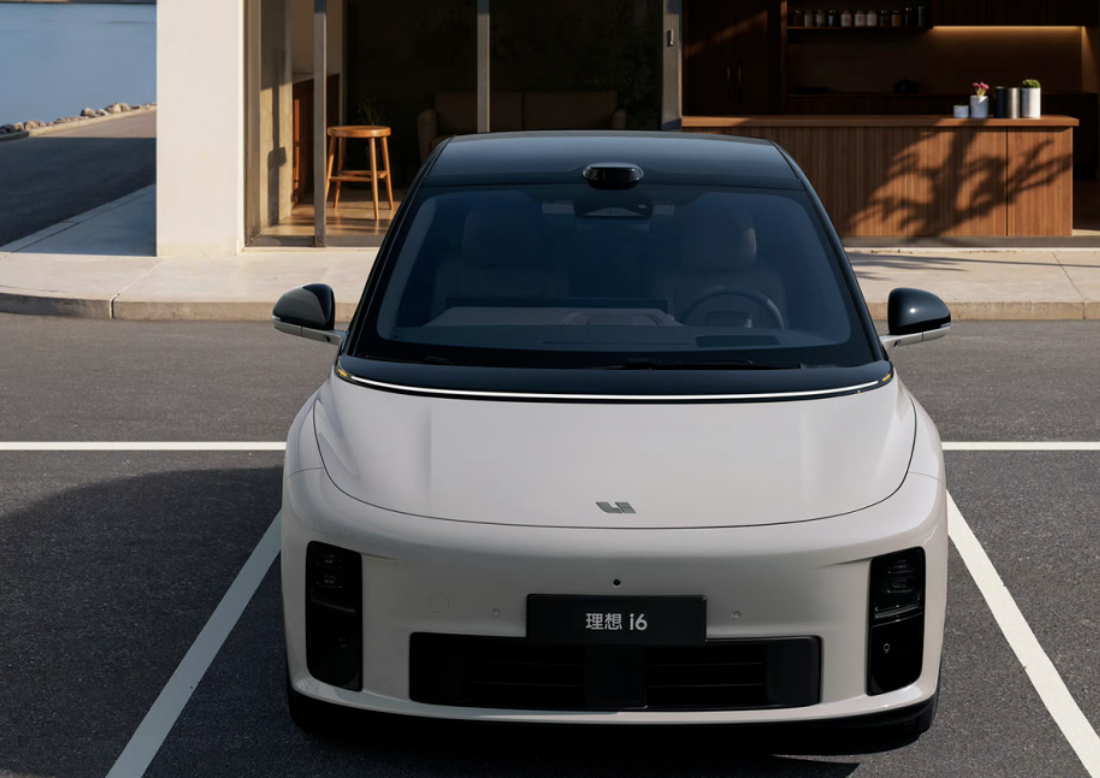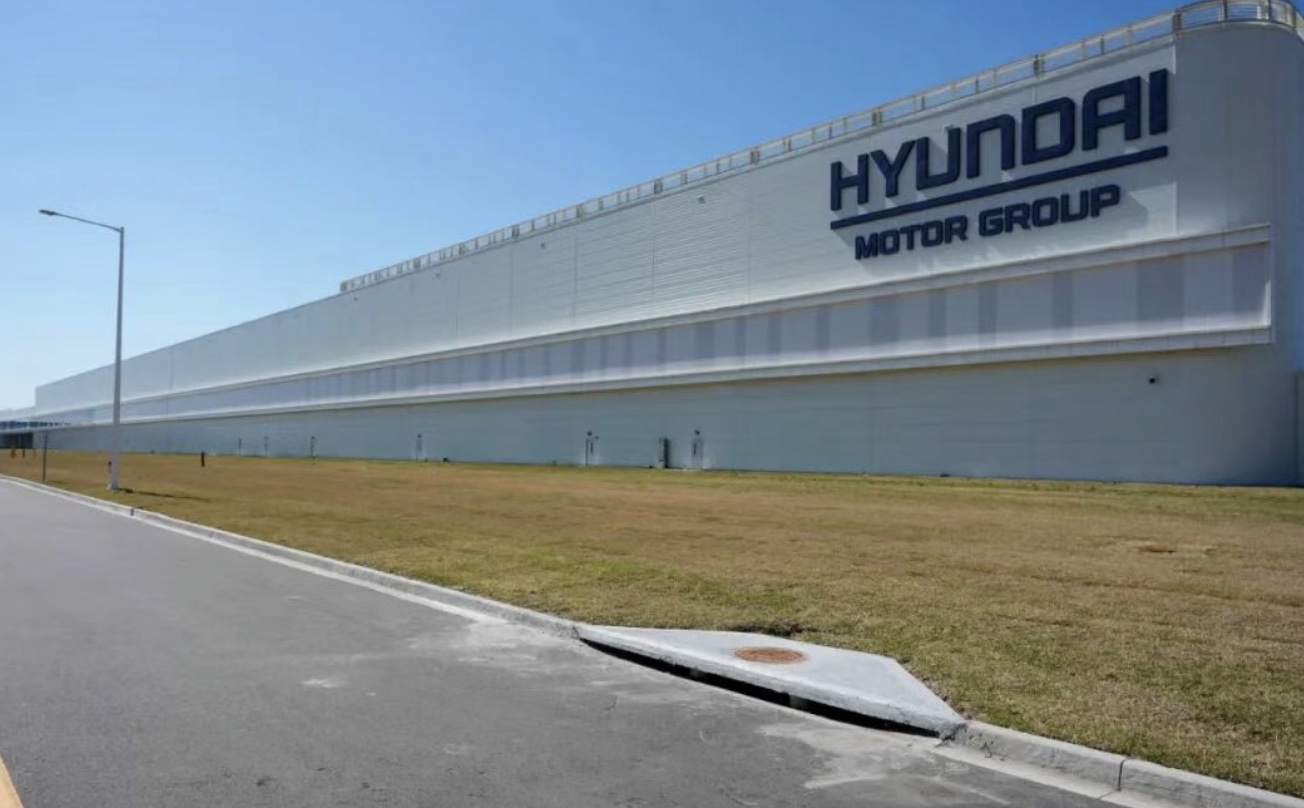Recently, German luxury carmaker Porsche released the latest sales data, showing that its global market sales for the first three quarters of 2025 reached 212,509 vehicles, a 6% year-on-year decline, with significant drops in both the German and Chinese markets.

Breaking it down by region, Porsche’s sales in Germany decreased by 16% to 22,492 units, while sales in Europe (excluding Germany) fell by 4% to 50,286 units. In overseas and emerging markets, sales grew by 3%, reaching 43,090 units. The largest single market for Porsche remains North America, with sales increasing by 5% to 64,446 units, significantly surpassing China, which saw a sharp decline of 26% to just 32,195 units, compared to 43,280 units in the same period of 2024. This represents just 15% of global sales, down from a peak of 30%, indicating Porsche’s market position in China is facing unprecedented challenges.
In the report, Porsche stated that the primary reasons for the decline in China were challenging market conditions, particularly in the luxury goods sector, and intense competition, with a focus still on value-driven sales to balance supply and demand. Globally, Porsche’s total sales for the first three quarters declined by 6%, but the company has maintained a balanced sales structure across different regions. Despite increasing competition, Porsche expanded its market share in five of its six model series worldwide.
Looking at the sales data, Porsche has seen a decline in key markets. In Europe, the brand faced pressure from economic instability and changing consumer demand for electric vehicles, leading to a squeeze in market share. In China, Porsche faces intense competition from local high-end car brands that have rapidly gained market share through advanced battery technology, smart features, and precise market positioning, putting pressure on Porsche’s performance.
The reasons for Porsche’s decline in the domestic market are multifaceted. On one hand, Porsche has been lagging in the wave of smart and new energy transformations, with products lacking competitiveness. This has led to a shrinking of its previously proud brand strength, making it harder to add value to its products, thereby squeezing Porsche’s market space and eroding its competitive edge. On the other hand, domestic independent brands have been pushing forward, with their products and brand advantages becoming more apparent, attracting consumers who might have previously considered Porsche. Additionally, Porsche’s insistence on not lowering prices or offering discounts in a fierce price war has also negatively impacted its sales. At present, the Chinese new energy vehicle market is rapidly developing, with local brands rising quickly and gradually eating into the luxury car market share. Foreign carmakers, including Porsche, are often criticized for being “out of touch with the Chinese market” due to long research and development cycles, with luxury electric vehicles still using European-based systems that lead to outdated navigation experiences.
Looking at specific models, the Porsche Macan remains the brand’s best-seller for the first three quarters of 2025, with 64,783 units delivered, an 18% year-on-year increase, including 36,250 units of the pure electric version. The Panamera also performed well, with deliveries of 21,243 units, down 1% from last year. As a symbol of Porsche’s sports cars, the 911 saw deliveries of 37,806 units, a 5% year-on-year decline, which Porsche attributed to the impact of the model’s facelift and the introduction of new derivatives. The 718 Boxster and 718 Cayman had deliveries of 15,380 units, a 15% year-on-year drop, mainly due to the limited availability of the models caused by the EU’s cybersecurity regulations. It is reported that the production of the 718 series will end in the fourth quarter of 2025. The Cayenne had total deliveries of 60,656 units, a 22% decline. Porsche is expected to launch the new Cayenne EV model in the fourth quarter of 2025, with both fuel and electric versions to be sold alongside each other. Additionally, as Porsche’s first pure electric sports car, the Taycan saw deliveries of 12,641 units, a 10% year-on-year decline.
Due to disappointing market performance, Porsche has adjusted its electrification strategy, aiming for over 80% of new cars to be fully electric by 2030. Existing fuel models such as the Panamera and Cayenne will continue until the 2030s, with new generations being launched. Furthermore, Porsche’s new flagship SUV (code-named K1) will initially launch in fuel and plug-in hybrid versions, with the pure electric version to be determined. Porsche will still introduce pure electric models such as the 718 and Cayenne EV, and plans to launch the new generation Macan in the next two years, with both fuel and pure electric versions available.



